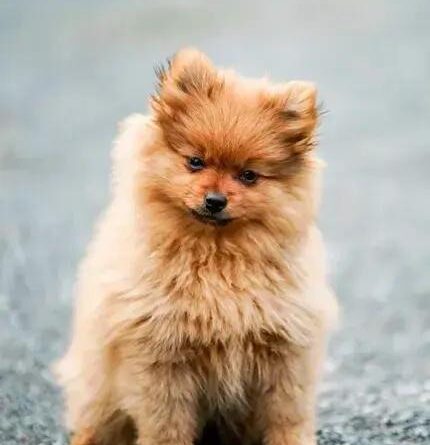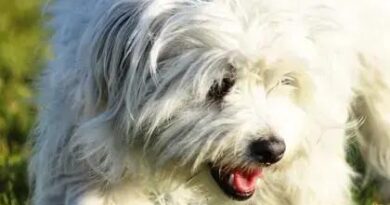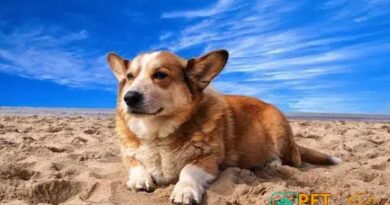Curiosities About the Pomeranian: Fascinating Facts You Need to Know
Curiosities about the Pomeranian are endless, making it a fascinating breed to explore. This tiny, fluffy dog not only boasts a rich history but also presents unique physical traits that set it apart. In this article, we delve into the intriguing history and origin of Pomeranians, highlight their unique physical characteristics, and debunk common misconceptions about these charming canines. By understanding more about this breed, you can appreciate the Pomeranian’s enduring appeal and delightful personality.
History and Origin of Pomeranians
The Pomeranian, also known as the Pom, originated from the Pomerania region in present-day Poland and Germany. This breed traces its lineage back to large sled dogs from the Arctic regions.
Descended from Spitz-type Dogs, the Pomeranian is a member of the Spitz family, which includes breeds like the Samoyed, Alaskan Malamute, and Norwegian Elkhound. Originally, these were much larger dogs weighing up to 30 pounds.
During the 19th century, breeders began selectively breeding them to be smaller. This selective breeding resulted in the tiny Pomeranians weighing between 3 to 7 pounds that we see today.
Royal Connections
Queen Victoria of England played a pivotal role in popularizing the Pomeranian breed. She owned a particularly small Pomeranian named Marco, which contributed to the trend of breeding ever-smaller Pomeranians.
The breed quickly gained popularity among nobility and commoners alike, leading to an increase in their numbers and variations in colors and coat patterns.
Recognition by Kennel Clubs The breed was officially recognized by the American Kennel Club (AKC) in 1888. Since then, Pomeranians have continued to capture the hearts of dog lovers worldwide.
Throughout history, these charming dogs have maintained their reputation as loving and loyal companions, making them a favored choice for many households.
Unique Physical Traits of Pomeranians
Pomeranians are well-known for their distinctive appearance and charming traits. One of the most noticeable features is their luxuriant double coat, which is both dense and soft underneath with a longer, coarser outer layer. This unique fur requires regular grooming to maintain its beauty.
Size and Weight
Despite their fluffy appearance, Pomeranians are quite small. Typically, they weigh between 3 to 7 pounds and stand about 6 to 7 inches tall at the shoulder. This diminutive size makes them perfect for those who prefer smaller pets.
Facial Features
Their fox-like face is another distinctive trait. They have a short muzzle, dark, almond-shaped eyes, and small ears that stand erect. These features give them an alert and curious expression.
Color Variations
Pomeranians come in a variety of colors, including orange, black, white, blue, brown, cream, and even sable. Some Poms may also have merle or parti-color patterns, making each Pomeranian’s coat truly unique.
Their physical traits are not just skin deep; these dogs carry themselves with a spirited and confident demeanor, often walking with a distinctive bounce in their step. Their tail, usually carried high and flat over the back, adds to their overall charm.
Common Misconceptions About Pomeranians
One common misconception about Pomeranians is that they are always high-strung and overly energetic. While Pomeranians do have a lively and vivacious personality, they can also be very calm and well-behaved, especially with proper training and socialization.
Another misunderstanding is that Pomeranians are fragile due to their small size. In reality, they are quite sturdy and resilient, able to keep up with more active lifestyles. However, like any pet, they still require gentle handling and care to prevent injuries.
It is also often assumed that Pomeranians are excessive barkers. Although they are known for their alertness and may bark at new stimuli, consistent training can help manage their barking behavior. This is similar to many other breeds that are naturally vigilant.
Additionally, some people believe that Pomeranians are difficult to train. Contrary to this belief, Pomeranians are quite intelligent and can learn new commands quickly, provided that positive reinforcement and consistent training methods are used.
Lastly, there’s a notion that Pomeranians require extensive grooming. While their thick double coat does need regular care, establishing a routine can make grooming manageable. They’re not as high-maintenance as often perceived, and regular brushing can prevent mats and tangles.




